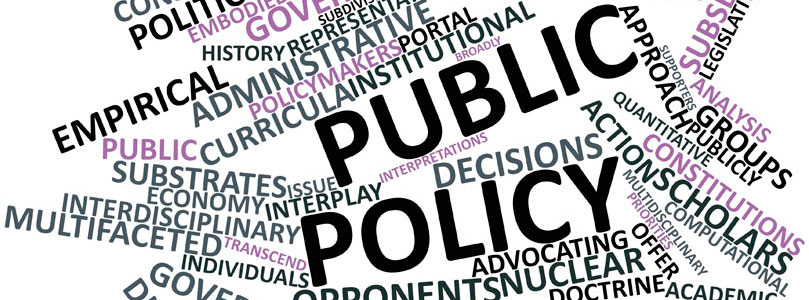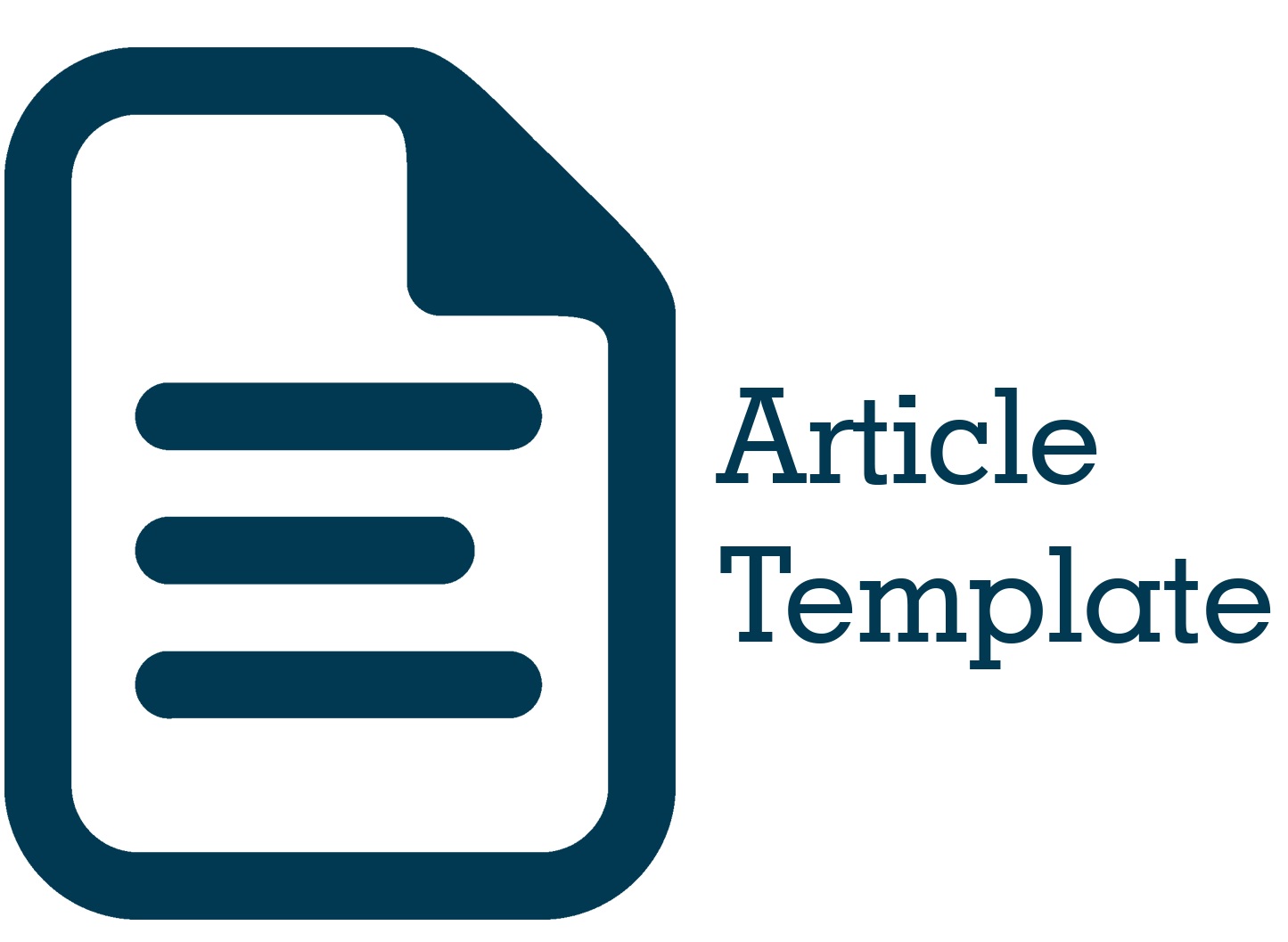Pemetaan Stakeholder Penanganan Lahan Kritis
DOI:
https://doi.org/10.51135/PublicPolicy.v5.i1.p284-303Keywords:
Critical Land, Stakeholders, Importance Level, Influence LevelAbstract
There has been an intensively increase in the area of critical land in many regions including in DIY Province from 2013 - 2018. In handling the problem, there needs to be cooperation between various related stakeholders. This research was conducted to map stakeholders in order to understand factors constraining coordination as well as the collaboration. The method used in this research is deductive qualitative with data analysis techniques, namely stakeholder analysis. The data used are primary data obtained from interviews and secondary data formed of policy documents obtained from an inventory of publications of relevant agencies. The results showed that there are 7 (seven) stakeholders related to the handling of critical land in DIY Province. The most influential stakeholders (Key Players) are the Serayu Opak Progo Watershed Management Center and the Division of Rehabilitation, Nature Conservation and Forest Protection (DLHK Provinsi DIY) because they have a high level of importance and influence. Coordination in order to build collaborative work between stakeholders has not been implemented in this case due to the mismatch between resources (budgeting) and authority assigned to each Key Players stakeholder agency.
Downloads

Downloads
Published
How to Cite
Issue
Section
License
Authors whose manuscripts are published in the Journal of Public Policy must agree to the following terms;
- Publication rights for all manuscript materials published are held by the editorial board with the author's consent.
- The legal formalities for digital access to the Journal of Public Policy are subject to the Creative Commons Attribution Sharealike (CC BY SA) license, which means the Journal of Public Policy has the right to store, redistribute, reformat, manage in a database, maintain, and publish the manuscript without seeking permission from the author as long as the author's name is included as the copyright owner.
- Published manuscripts are open access for the purpose of disseminating research results. Besides this purpose, the editorial board is not responsible for copyright law violations.


.png)



